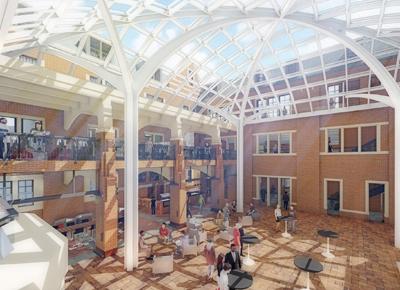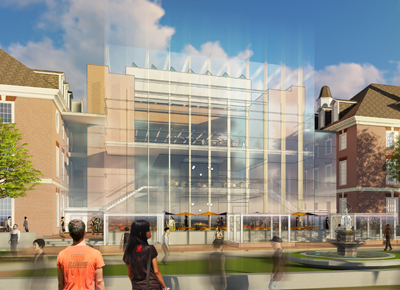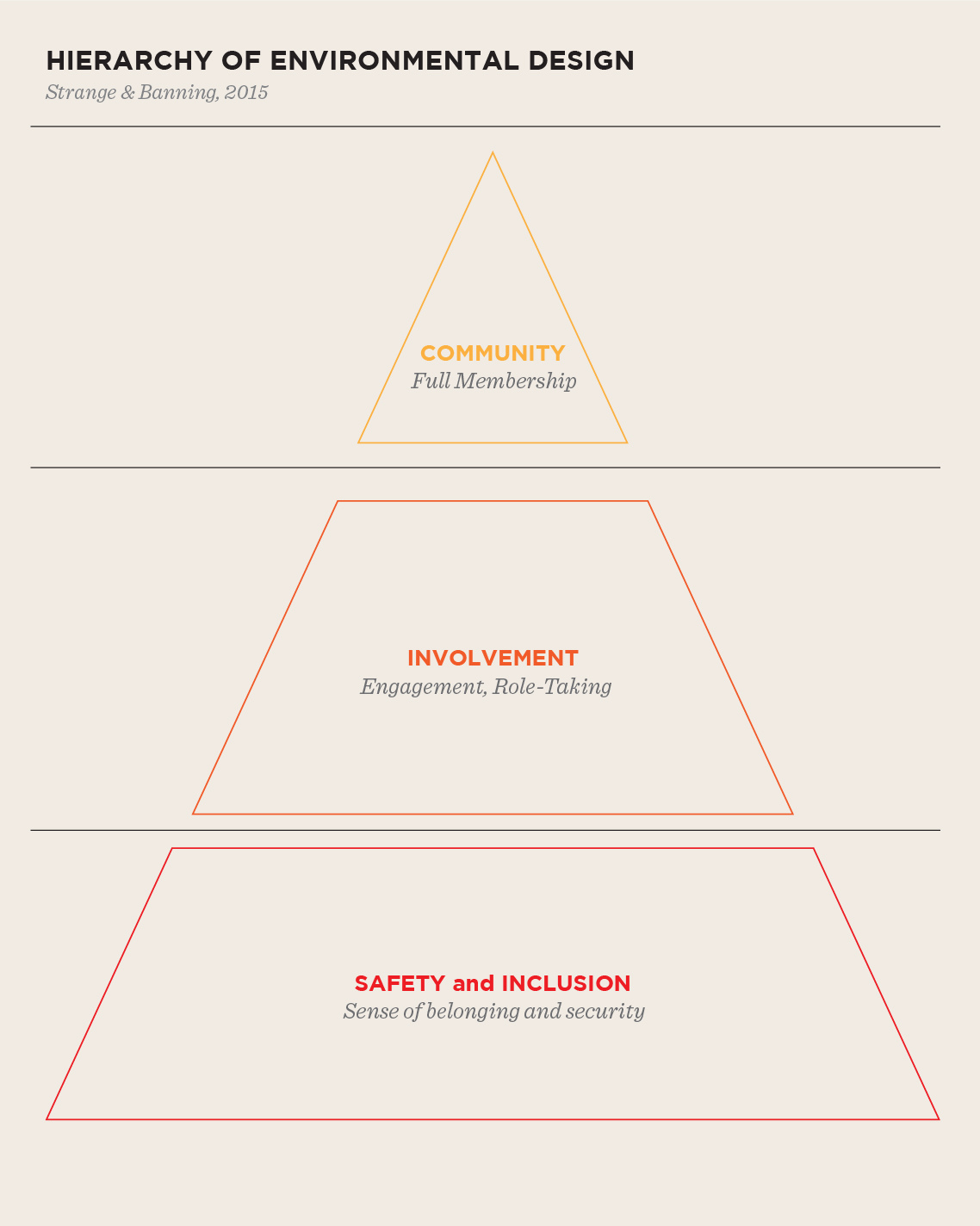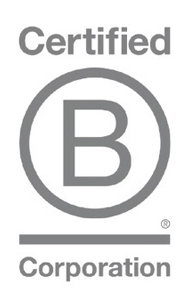The Workshop Way is a series of white papers, research reports, and reflections that articulate the “why” behind the way we approach our work.

Brian Shermer, PhD, AIA, Principal Workshop Architects
Diversity and Inclusion
The role of student unions on college campuses fundamentally informs our approach to design and engagement for diversity and inclusion.
“Our society is diverse, and our campuses should reflect that....Our learning is impoverished when we are in a homogeneous group of like-minded individuals who share the same kinds of experiences, beliefs, and aspirations.”
Tori Haring-Smith, American Association for Colleges & Universities, 2012
Workshop Architects is committed to a student-centered approach to planning and design, including the unheard and the marginalized. In our research, we find that student unions offer opportunities and experiences that appeal to large majorities of students. Yet, there can be significant numbers of students who feel alienated or uncomfortable. We endeavor to fully partner with our university clients and all students to help them build community and to help them succeed in their diversity and inclusion goals. A focus on diversity and multiculturalism is integral to our student union planning and design. We describe a few important examples below.



Michigan Union Renovation
University of Michigan-Ann Arbor
Perhaps because of the University of Michigan’s proactive stance and leadership on the topic, diversity and inclusion was a high priority for Michigan students. We asked students to reflect on the essential roles that the Michigan Union should play on campus. “Embrace students from all walks of life” ranked highest. “Diversity and inclusion” rated as the second most important role for the Michigan Union in an online survey (over 70% of the students agreed it is important, with close to half [46%] rating it very important). Student life staff also expressed genuine concern about the needs of students who feel marginalized.
They were uniformly committed to making the Michigan Union a place in which all students will feel welcome and comfortable. It was especially important therefore to improve accessibility, provide gender inclusive restrooms, and provide accommodations for spiritual and religious acceptance.
These improvements will create a sense of safety by providing programs and activities that attract a diverse range of students and provide places for respite, especially for students who expend a great deal of energy on their own social justice and equity work.
Illini Union
The University of Illinois at Urbana-Champaign
Diversity and inclusion are critical priorities for students at the University of Illinois at Urbana-Champaign. According to on-campus interviews and an online survey, students and other members of the UIUC community want the Illini Union to be a place where they can bond with friends, meet new people, and welcome people from all walks of life.
For all students, but especially international students who comprise nearly a quarter of the student population, the Illini Union should be a place for cultural exchange and to meet people from around the world.
To live up to expectations of the UIUC community, the overarching vision for the Illini Union is that it should be a “union without borders.” Space priorities include an enhanced student involvement hub, a variety of meeting rooms and enlarged event spaces, quality food options, new recreation and wellness facilities, a live music venue, space for multi-cultural events, and outdoor dining and lounge terraces.
Campus Center
Georgia Institute of Technology
For Georgia Tech, one of the top priorities for the new campus center is to be a place where people can build friendships and bridge across cultures, disciplines, and interests. Data from our “campus capital mapping” workshops suggested that the campus lacks effective social space.
This was especially true of the one building whose function it is to promote and support interaction: the current Student Center. Students envisioned another important function for the campus center: to bridge across cultures, disciplines, and interests. Students recognize that they hail from many different countries and cultures. They look to their new campus center as a key resource for making Georgia Tech into a truly dynamic and inclusive community. This led to the identification of a number of key program priorities, including expanded and enhanced student involvement co-working spaces and a new multicultural center.”
Finally, the new Campus Center will be
the home of the LGBTQIA Resource Center which was previously located in another building.
Our research on the role of student unions on college campuses fundamentally informs our approach to design and engagement for diversity and inclusion. This is especially important because student unions influence the sense of belonging felt by students of color and others from historically underrepresented and disadvantaged groups. Strange and Banning’s “Hierarchy of Environmental Design,” which they describe in Designing for Learning: Strategies for Student Success, provides a guide to how campuses should prioritize their inclusion efforts.
The model includes three levels. At the base is a student’s need for safety and inclusion. These must be met before progressing to the next level, involvement. Involvement includes both academic engagement and participation in extracurricular activities. Involved students make it possible to attain the third level in the hierarchy: full membership in the community.
Diversity and inclusion will be ongoing priorities for universities for many years to come. Workshop is taking its lessons learned from our projects and applying them to our current projects at some of the most diverse campuses in the nation. The University of Nevada-Las Vegas is ranked by U.S. News and World Report as the most diverse in the nation. Another client, the University of Illinois-Chicago is not far behind.
No matter the campus, from the most diverse to the least, it is important to get to know the priorities of students, staff, faculty, and administrators.
We find that to a one they are always committed to diversity and inclusion. However, just what this means on each campus is always unique. We’ll update this post from time-to-time to keep our clients apprised about our thinking about this most important topic.
“Without a fundamental sense of inclusion and security... [or] a basic sense of belonging to the campus community, free from threat, fear, and anxiety, attempts at other more lasting goals will likely fail” (pp. 140 – 141).
Strange and Banning



